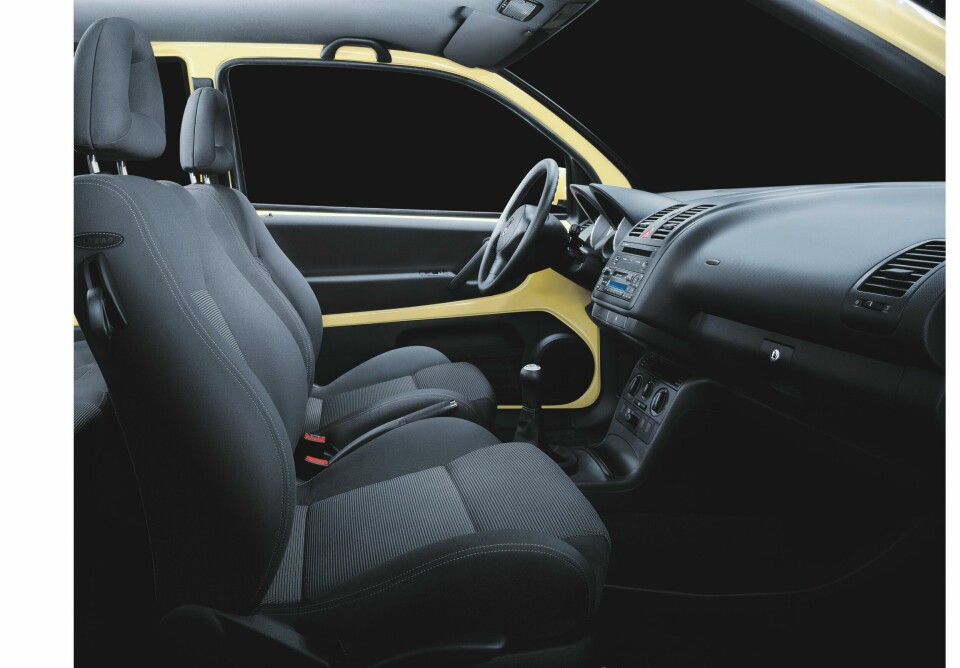
Design Essay: Surprise & delight, the importance of detail design
What makes people fall in love with cars? Aidan Walsh argues that small details in design cement long-term love affairs with vehicles
“All the small things, true care, truth brings.” So proclaimed everyone’s favourite spike-haired pop-punk band back in 1999, handily reminding us of an age-old truism; that it’s often the little things in a relationship (and in life) which touch us most deeply.
And so, in automotive design too, it’s often those thoughtful little details which make us really fall for a car. Sure, we might initially be seduced by sleek proportions or a throbbing V8 soundtrack, and our heads might by turned by an imposing chrome facade or sprawling infotainment display, but it’s the pop-out umbrella, built-in ice scraper or soothing blue facia backlighting which ultimately cement a long-term love affair.
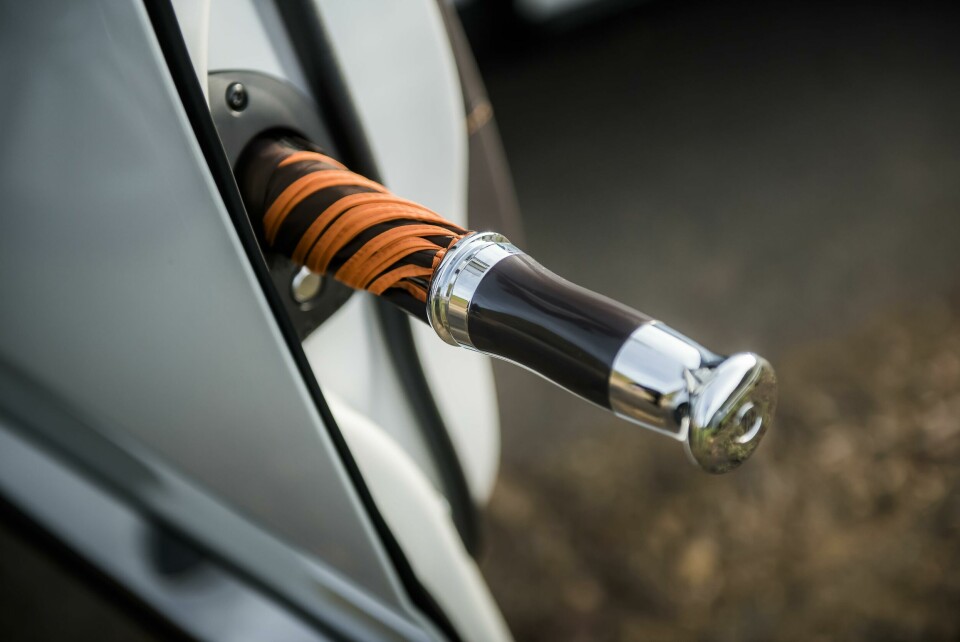
What’s more, in a world of platform-sharing and legislation-driven homogeneity, those oft-overlooked flashes of inspiration become more important than ever before. As we’re so often told, it’s virtually impossible to find a truly ‘bad’ new car these days, meaning competent but half-boiled efforts no longer have any place to hide.
Needless to say, details can fall into several different categories. There’s the little visual flourishes which often become known as calling cards for a model or brand, such as BMW’s now-endangered Hofmeister kink, functional touches, like Volvo’s windscreen-mounted parking ticket clips, and fun and frivolous ‘easter eggs’ along the lines of Tesla’s ‘Santa Mode’ or Jeep’s Sasquatch window graphic.

But while such details are fun to think about and often disproportionately satisfying to discover, they can also leave the door open to accusations of gimmickry, even childishness, from the less easily amused. It’s perhaps pertinent to ask then, what makes truly good detail design? When the line between genius and bad joke is often quite a fine one, how do designers ensure to stay on the right side of it?
Clearly, in the case of functional additions, the most obvious and important proviso is that they should actually add to the user experience of the vehicle, or at very least not detract from it.
The aforementioned filler door-mounted ice-scraper – humbly described by maker Skoda as ‘simply clever’ – is perhaps the perfect example of this. While it adds basically nothing in terms of weight, cost or complexity, this handy little item still manages to provide real and lasting value to the user (particularly those in harsher climes) merely by solving one of those irritating little problems we always seem to overlook until they occur – much like finding that complementary toothbrush in a hotel room after somehow managing to forget your own.
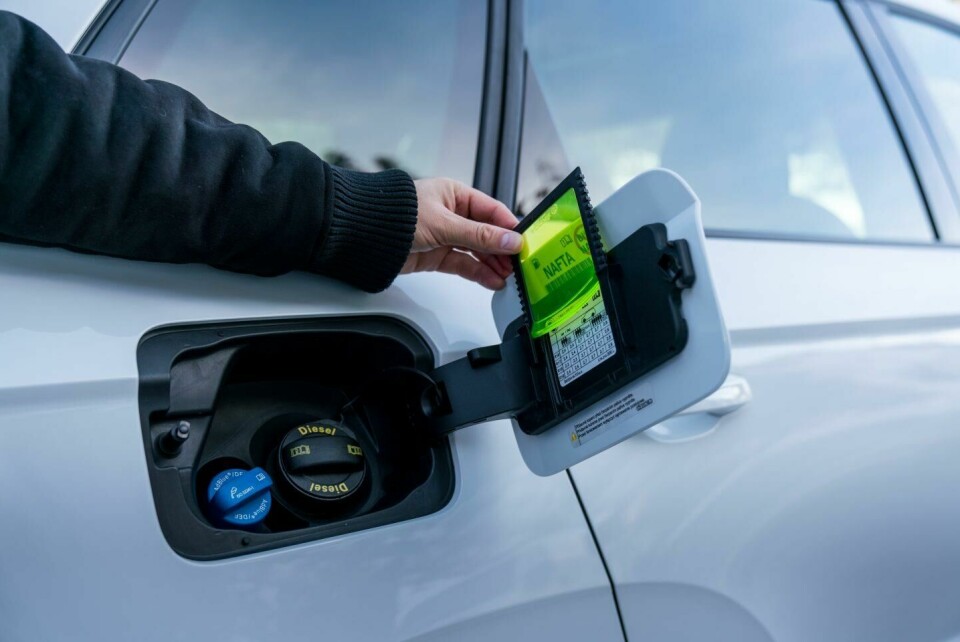
Nor is Skoda alone in providing users with that warm, fuzzy, feeling which comes from knowing someone actually cares about their experience, with Ford’s pop-out door edge protectors (first seen on 2011’s Mk3 Focus), Rolls-Royce’s famed umbrellas (hidden away inside its doors) and Volkswagen’s much-vaunted blue backlit facias (intended to create a relaxing, peaceful cabin space) among those which live long in the memory.
On the other hand, many less successful detail additions appear to prioritise short-term showroom and marketing appeal over tangible day-to day benefit, or else try just a little to hard to fix what ‘ain’t broke’.
Whilst we can probably all agree that traditional car door handles aren’t the prettiest things to behold, they are practical, sturdy and utterly intuitive to use. Which makes the decision of some manufacturers to do away with such an highly-optimised component all the more bizarre. Though sleek, flush fit items may look cool in the showroom, when one has to wrangle with their potentially temperamental electrics on a cold, wet, miserable day, or else set down shopping bags/takeaway coffee/small children in the road in order to open the car two-handed, their appeal is likely to wear more than a little thin.
What’s more, interior air vents and gear selectors which seemingly materialise from nothing upon ignition certainly have a wow factor the first time around, but the fiftieth, hundredth or thousandth time? Yeah… not so much.
At the risk of stating the obvious, it should be noted that likely tolerance of idiosyncraticies depends very much on the type of vehicle in question and its intended ownership base. Whilst eccentric custodians of elderly Citroens and gobby sports cars from Blackpool might relish a lengthy game of ‘find the indicator stalk’, a typical Passat-owning accountant probably won’t.
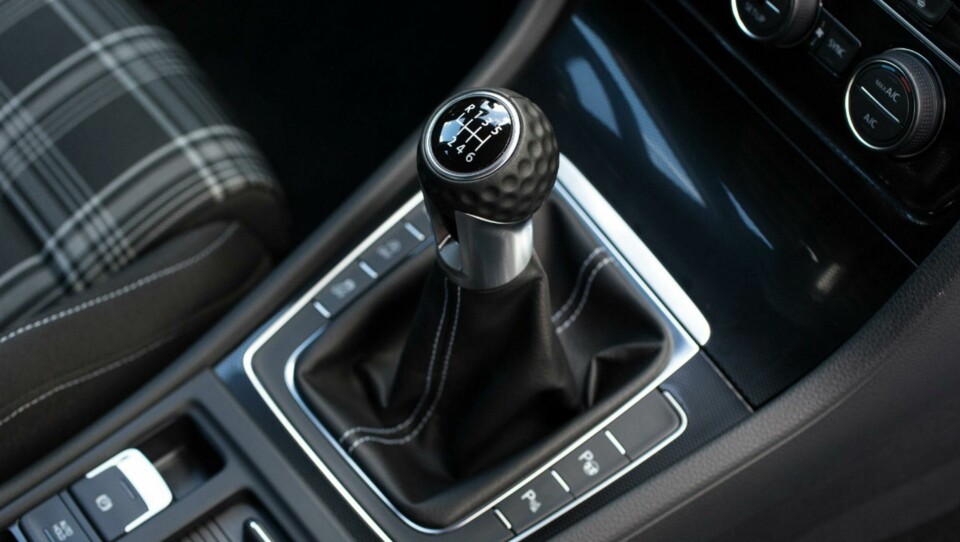
Which is not to say that everyday bread-and-butter transport shouldn’t provide us with a little harmless fun. Stumbling across an embossed plastic spider in one’s glovebox may only raise the most tentative of smiles, but when helming a conveyance so soul-crushingly dull as the Opel/Vauxhall Zafira, every little helps right? A golfball gear-knob in your, er, Golf? That one never gets old. A flower vase in your Beetle? Well, if you must… A ‘fart button’ hidden in your infotainment menus? Childish, but if that’s the way the wind blows…
If nothing else, such humorous trivialities are surely preferable to taking oneself too seriously. Unless your name happens to be Alan Partridge, it’s surely impossible not cringe as the words ‘power’, ‘beauty’ and ‘soul’ are illuminated, in sequence, upon an Aston Martin gauge cluster. Furthermore, a brash dashboard clock which allegedly costs as much as the vehicle in which it’s contained (a la Bentley) or else a hulking great lump of crystal to change gear (BMW 8 Series) seem nothing if not vulgar to this writer’s eyes.
There are surely less contrived, less gaudy ways to announce one’s product as one of distinction. A carefully considered shut-line, which compliments the contours of a car’s bodywork, rather than clashes with them, a sturdy boot emblem which doubles as a handle (Seat/VW/BMW), a Paul Smith-inspired glovebox lining of rich purple velvet (Jaguar), or else the classic weighted wheel centres beloved of Rolls-Royce - whose hallowed logo need never suffer the ignominy of standing upside down.
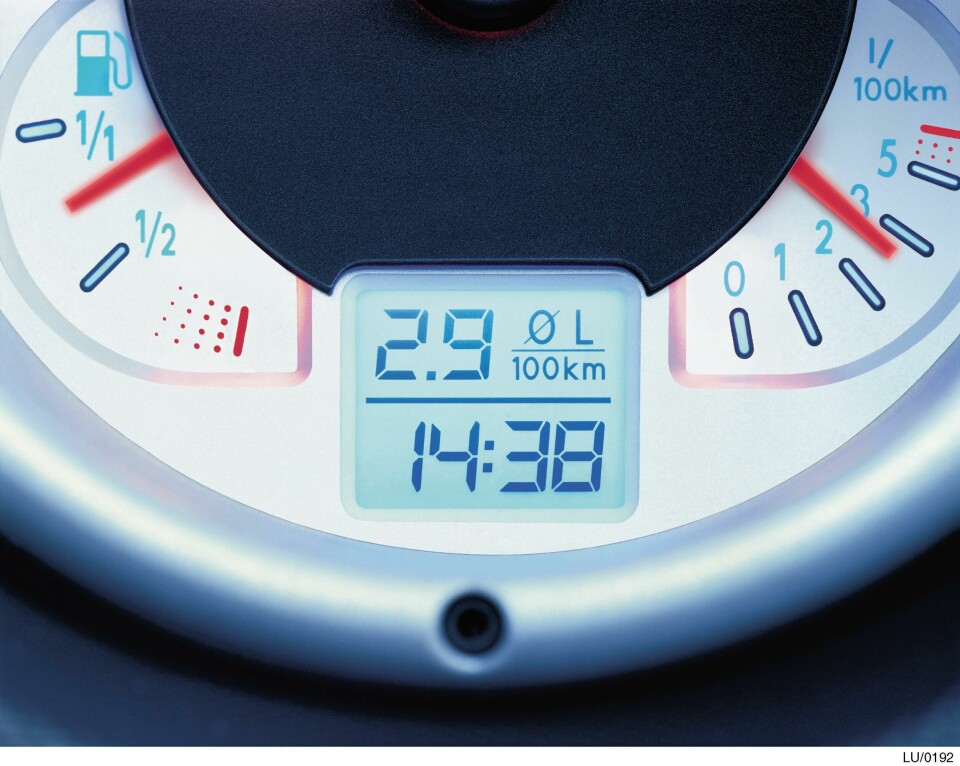
What’s more, even the most basic of vehicles can benefit from such careful consideration. Volkswagen’s Lupo might have been an entry-level city car, but it’s shapely clamshell bonnet – held aloft by gas strut, rather than cheap prop, industrial-chic dial clusters backlit in blue and ultra-tactile dimpled fascia demonstrated exactly why its maker was (and arguably still is) considered ‘a cut above’ the rest of the mainstream rabble with their (at the time) shiny ‘elephant’s backside’ plastics and nasty corrugated rubber gaiters.
Still, whilst taking a leaf out of VW’s detail guidebook is likely to prove a winner, those wishing to create the ultimate in ‘surprise and delight’ must throw out all the rules – and ideally throw in a small motorcycle. For although Honda’s urban hatchback for the 1980s, the City, boasted quirky looks and clever packaging, it was, and remains, most remarkable due to the exact size and shape of its boot – where (if the owner so chose) one of Honda’s ingenious folding MotoCompo scooters could be stashed, ready to be called into battle amidst Tokyo’s fierce traffic.
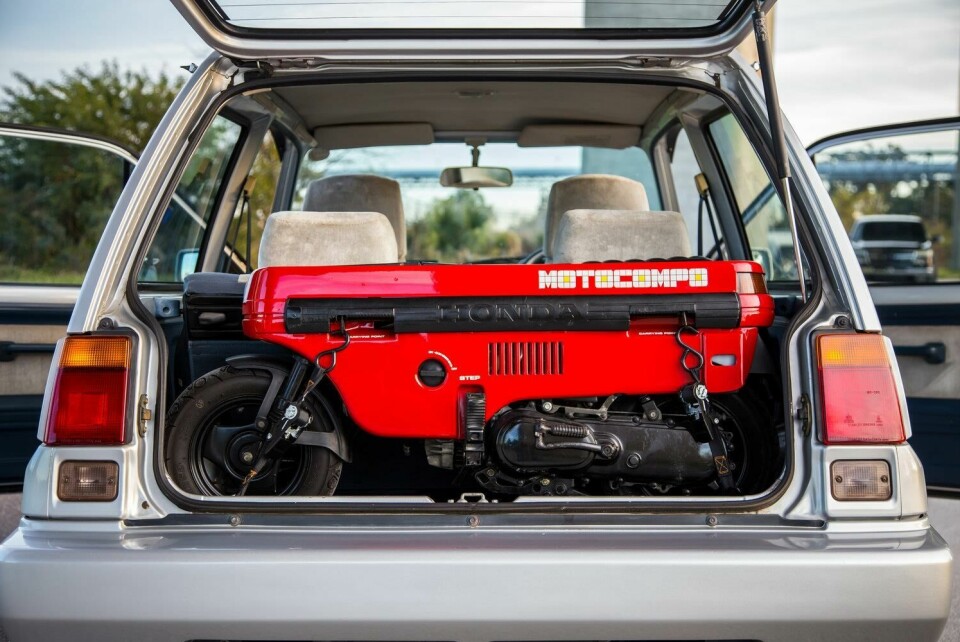
Of course, the potential addition of another fully-formed motor vehicle within a tiny city car’s frame arguably transcends the status of mere detail. However, Honda’s masterstroke certainly encapsulates everything which good detail design should be; thoughtful, original, genuinely beneficial to the user and, perhaps most importantly of all, still capable of raising a hearty smile four decades later.
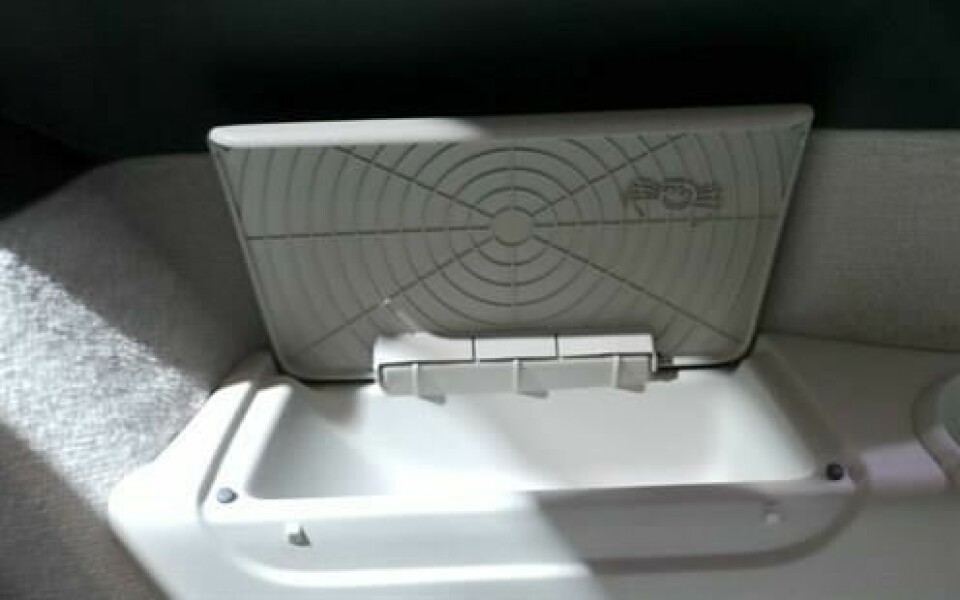
So designers, there we have it, if you really want to win our hearts, skip the cliches and give us what we weren’t expecting; since, to paraphrase Blink-182, it’s the surprises which really let us know you care.



